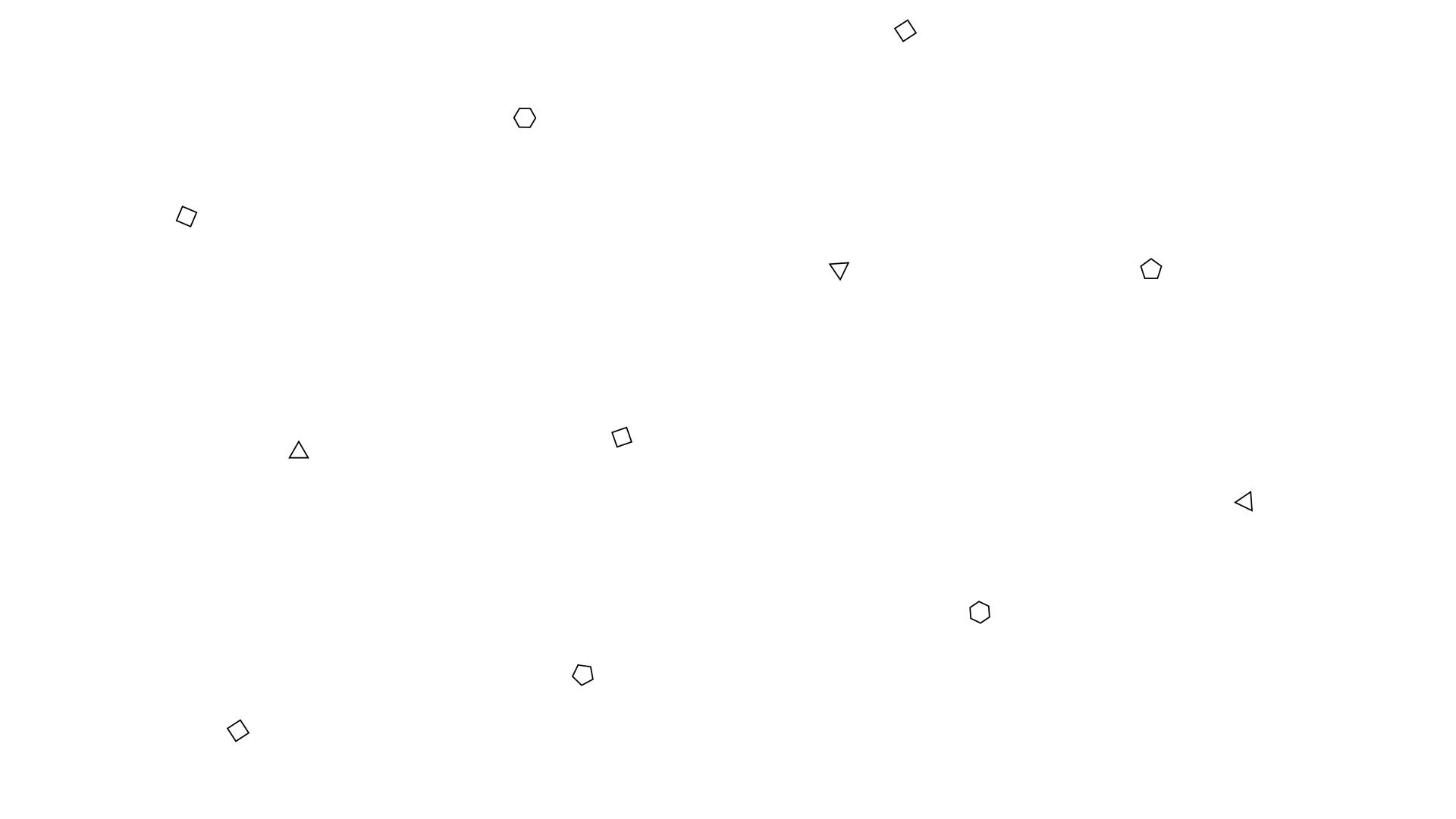COVID-19 Pavilion
- Chokoon
- May 30, 2020
- 2 min read
Updated: Oct 7, 2023
Project Title: COVID-19 Pavilion
Condition: Conceptual
Date: 04/2020

/ Coming to the end of April, it has been a hard but oddly incredible month. One thing for certain COVID-19 is here to stay.
COVID-19 pavilion is a design concept that features the virus as the play object enclosure. Since our cute microscopic friend will be with us for a little while, then let's get to know each other more.

Have you ever wondered why most viruses appeared similar? They are spherical with strange thorns all around. To answer the question, we might have to go back and observe nature's behavior. Why do things like raindrops or planet also appear spherical?

if you want to make a surface containing the largest amount of space within the smallest possible area, then the answer is a sphere. The sphere has the smallest surface area of all surfaces that enclose a given volume, and it encloses the largest volume among all closed surfaces with a given surface area...But why?
The sphere appears in nature: for example, bubbles and small water drops are roughly spherical because surface tension pulls the drop into whichever shape has the least energy: fundamentally, nature is lazy. The energy of a liquid drop is proportional to its surface, so the raindrop tries to make its surface area as small as it can.
Photographs by Analiza Daran De Guzman
Another example, planets, which at one stage are mostly molten rock, pull themselves into spherical shapes by their own gravitational attraction.

Sometimes, however, a sphere is ruled out as a solution because the surface has to be made from many rigid units. This extra constraint occurs in the microscopic world of viruses, where the surface of the virus has to be made from a lot of identical protein units, and in architecture, where an approximately spherical dome has to be made from flat panes of glass.

As a result, both nature and the architects hit on the same solution; make whatever shape you can manage that is closest to a perfect sphere. All such shapes are based on the icosahedron.

The pavilion takes a form of a half-truncated icosahedron, which mimics the shape of half a sphere. What's intriguing about this form is that the truncated icosahedron is the simplest of an infinite family of solids, known as pseudo-icosahedra. It consists of 12 Pentagons, 20 Hexagons, 90 edges, and 60 vertices.

The same shapes occur in many viruses because they are the best way to pack identical units while minimizing energy. The outer coat of a virus is typically made from many copies of the same protein unit, and these fit together like the vertices of a polyhedron.


As crazy as that sounds, the truncated icosahedron as seen in the COVID-19 pavilion took inspiration from a remarkable molecule called "Buckminsterfullerene". It is a spherical form of carbon comprising of 60 atoms (60 vertices) first synthesized in 1985. The discovery opened a new branch of chemistry, and the researchers were awarded the 1996 Nobel Prize Chemistry for their work.

Structure of the C60 molecule, "Buckminsterfullerene"

Whoever would have believed that a humble solid geometry that was seen regularly on a soccer ball with its five- and six-sided panels would be material for a Nobel prize?
The project was published on Design Matters:















Comments